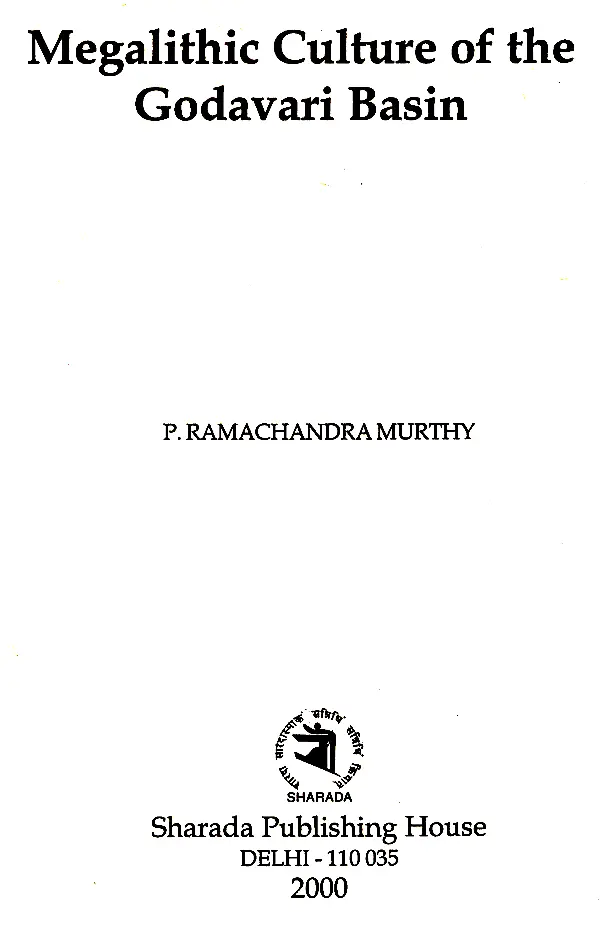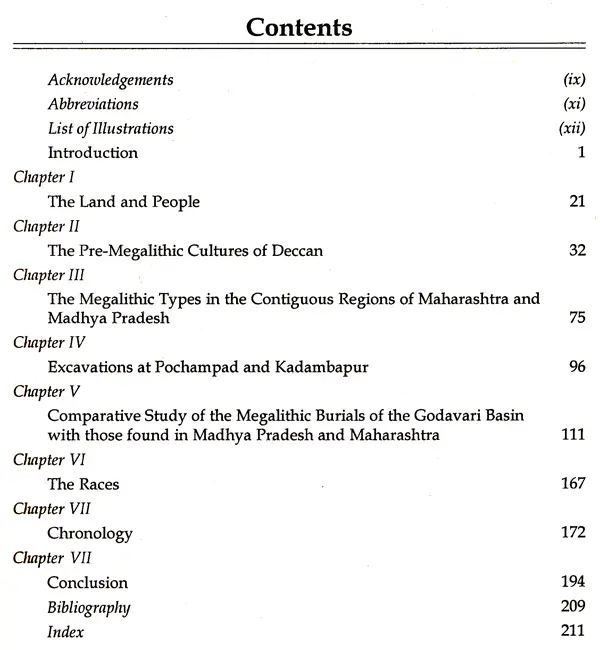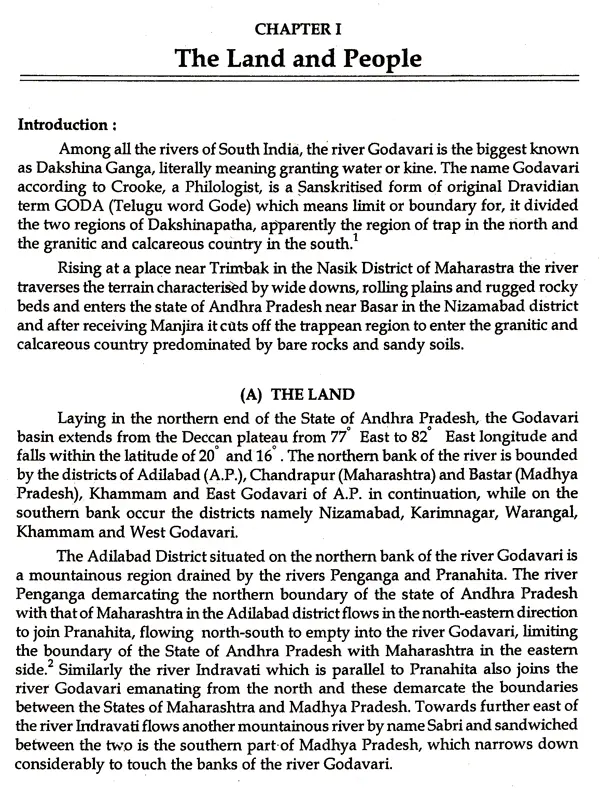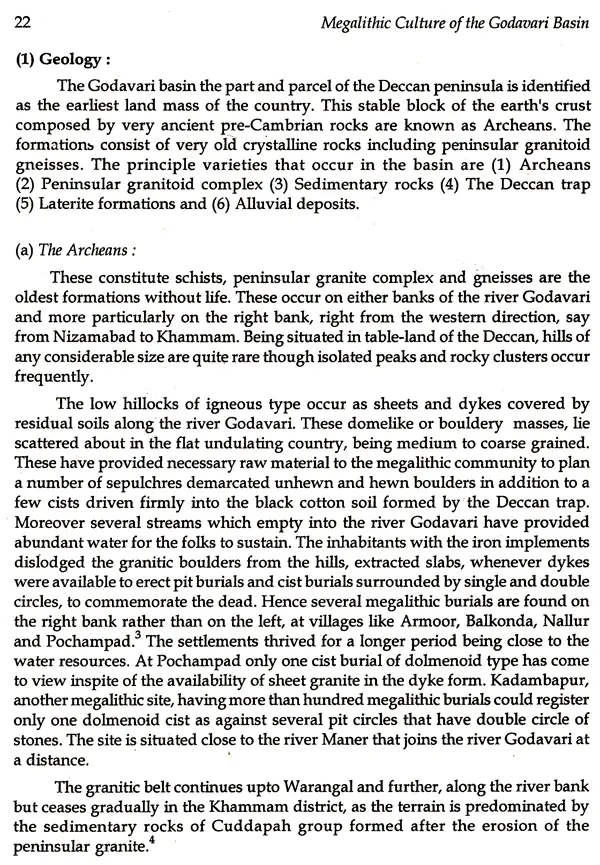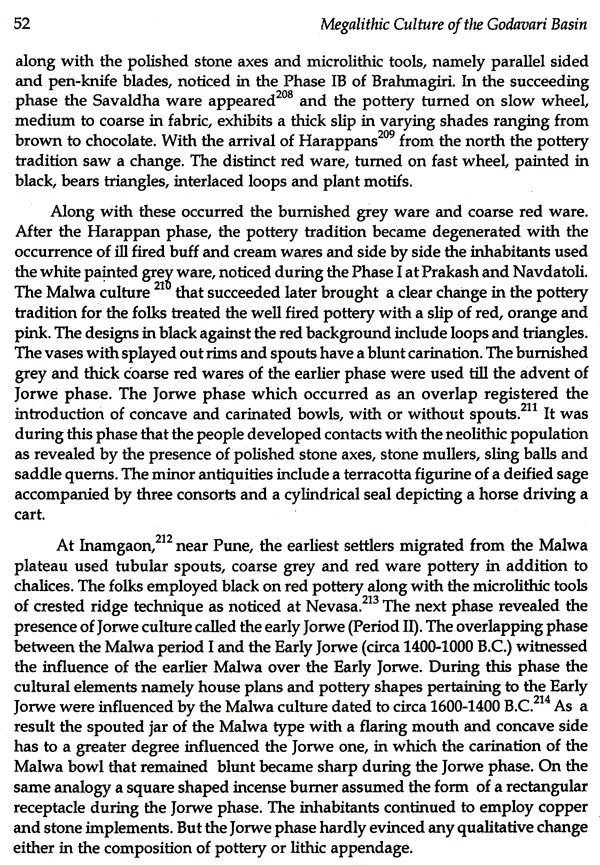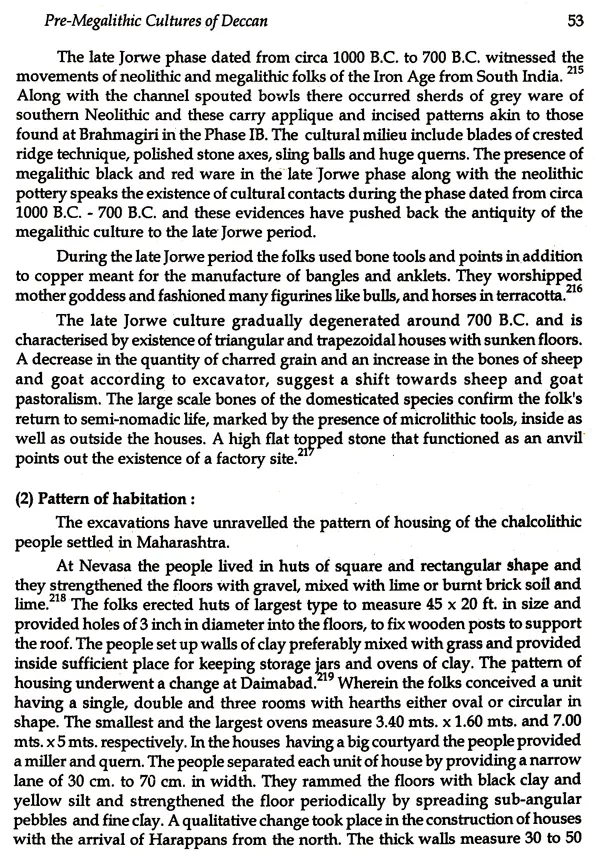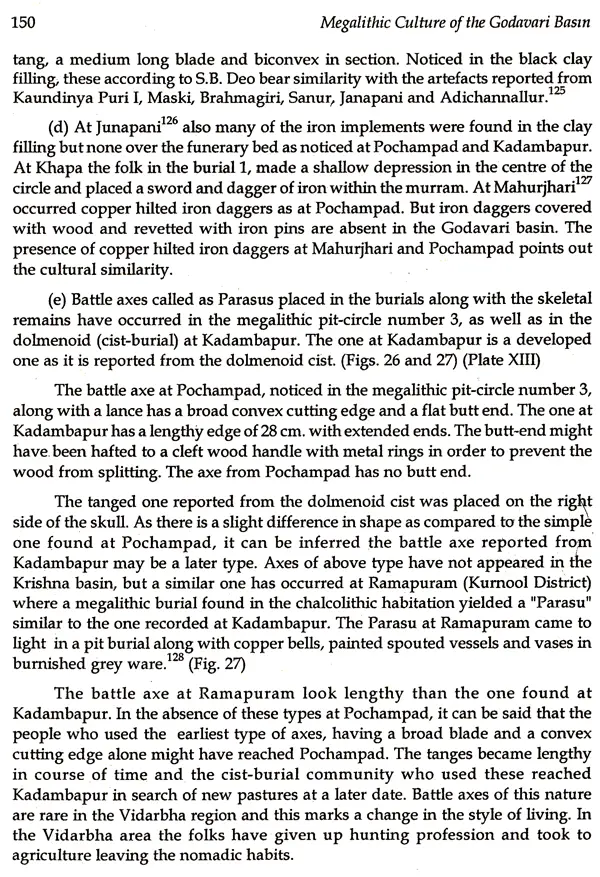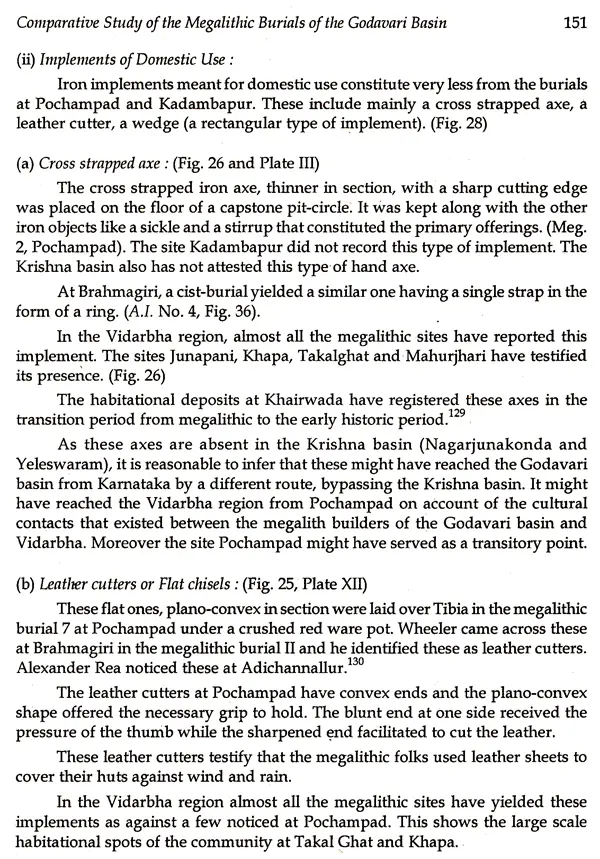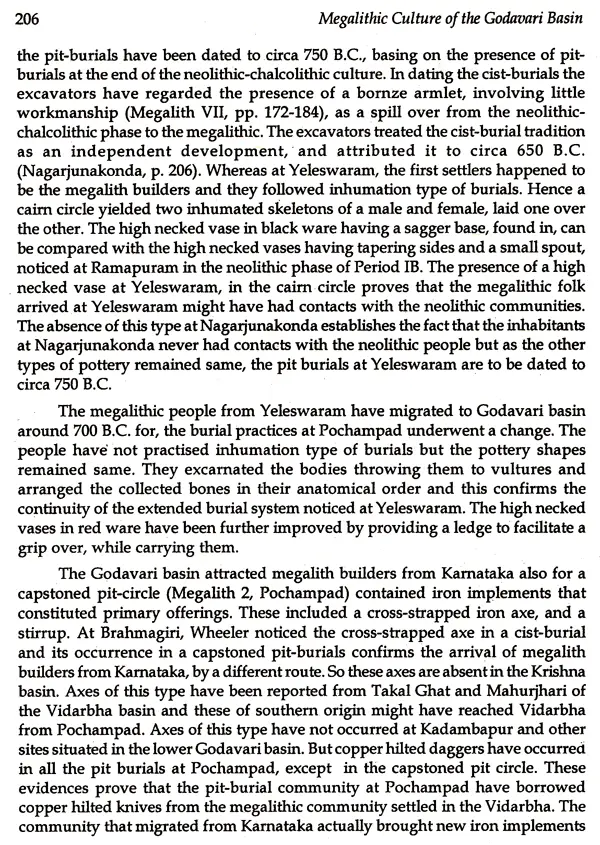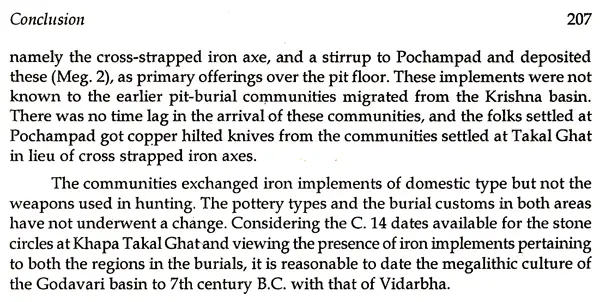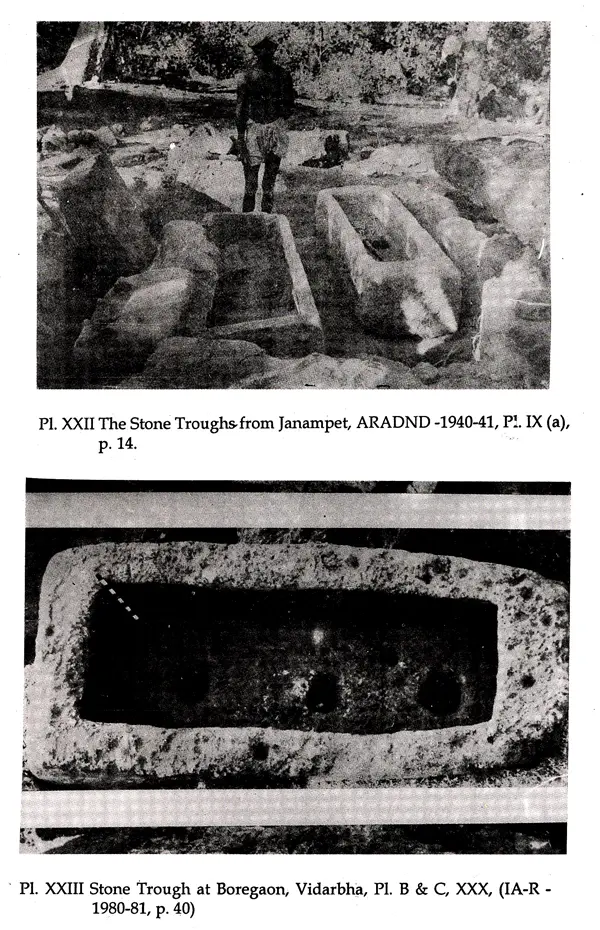
Megalithic Culture of the Godavari Basin
Book Specification
| Item Code: | UAF809 |
| Author: | P. Ramachandra Murthy |
| Publisher: | Sharada Publishing House, Delhi |
| Language: | English |
| Edition: | 2000 |
| ISBN: | 8185616663 |
| Pages: | 214 (82 Black and White Illustrations) |
| Cover: | HARDCOVER |
| Other Details | 9.50 X 7.50 inch |
| Weight | 770 gm |
Book Description
The megaliths in the Godavari basin reveal the arrival of megalithic builders migrated from different areas of Karnataka and Andhra Pradesh. The recent excavations of these burials at Pochampad and Kadambapur yielded rare specimens of pottery, viz., high-necked vases, bowls in curvilinear shapes, tapering sides and perforated stands. The neolithic chalcolithic sites excavated from Karnataka and Andhra Pradesh bear resemblance to the ones excavated in the Godavari basin which suggests that at different times the people from Karnataka and Andhra had migrated and settled in the Godavari basin, where they came into contact with the megalithic folks of Vidarbha.
The present work deals with the influence of earlier neolithic chalcolithic culture over the megalithic, the pottery types and their transformation, their burial patterns and cultural contacts that existed in the Vidarbha region and bears stamp of author's painstaking efforts in understanding the dynamics of cultural growth which the readers would find highly informative and fascinating.
Dr. Pulugundla Rama Chandra Murthy, after obtaining Post Graduate Degree in Ancient History, Culture and Archaeology from the University of Sagar, Madhya Pradesh, joined the Department of Archaeology and Museums, Government of Andhra Pradesh in 1962. He has explored a good number of sites of archaeological importance and excavated Pochampad, a megalithic site, to unravel the importance of protohistory in the Godavari basin. Impressed with the evidences he took up the study, and submitted his work to the Barkatullah University, Bhopal for the award of Degree of Doctor of Philosophy.
The river Godavari known as the Dakshina Ganga, rises near Trimbak in the Nasik District and flows through the Western Ghats covering 650 km. in Maharashtra. Traversing the Deccan plateau, the river enters the State of Andhra Pradesh near Basar, situated in the Nizamabad District. This region dotted with granitic hills, dense forests and innumerable rivulets comes under the mid Godavari basin. Passing through the districts of Warangal and Khammam the river cuts across the Eastern Ghats near Papikonda and reaches plains near Polavaram in the West Godavari District before draining into the Bay of Bengal.
While the upper reaches of the river Godavari, with its fertile black cotton soil habitated several chalcolithic settlements, the mid-Godavari basin with its impregnable forests remained uninhabited for centuries. Thus the protohistoric communities from north to south and vice versa have moved through the upper reaches of the river.
**Contents and Sample Pages**
